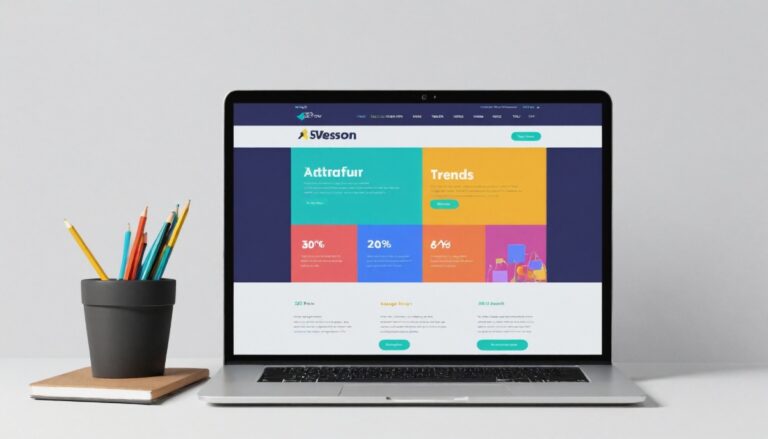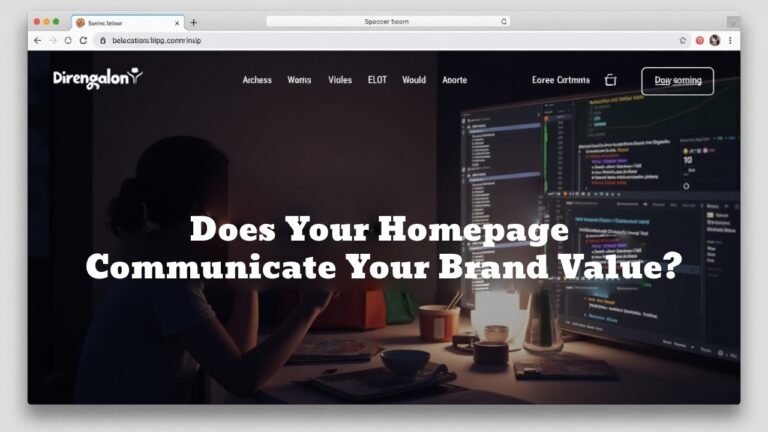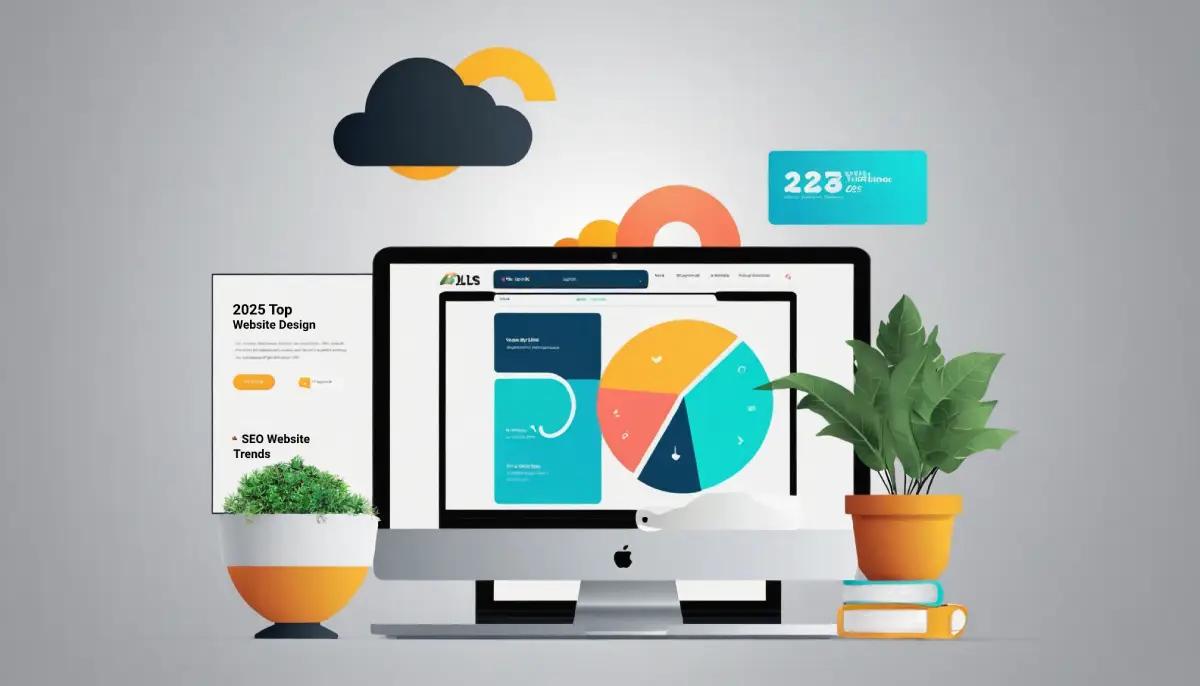
Top Website Design Trends for 2025
- June 30, 2025
- 11:39 pm
- GooGoo Web Solutions
As we move into 2025, website design continues to evolve rapidly, shaped by emerging technologies, user behavior, and aesthetic shifts. Whether you’re building a brand-new site or planning a redesign, staying ahead of these trends can help you stay relevant, engaging, and competitive.
Here are the top website design trends to watch in 2025:
1.
AI-Enhanced User Experience
Artificial intelligence is no longer a futuristic concept—it’s already improving user experience in real time. Expect to see websites using AI for:
Smart content recommendations
AI chat assistants
Real-time personalization based on user behavior
Automated accessibility adjustments
Why it matters: AI creates a more dynamic, intuitive, and responsive experience for users, keeping them engaged longer.
2.
Minimalism Meets Bold Typography
Simplicity remains king, but in 2025 it’s paired with powerful, oversized typography to deliver messages fast. Think clean layouts, lots of white space, and short, bold words that grab attention.
Design tip: Use large font sizes, vibrant headlines, and a clear hierarchy to make your message impossible to ignore.
3.
Dark Mode and Adaptive Color Schemes
Users love dark mode—not just for aesthetics, but for reducing eye strain. In 2025, expect more websites to offer dynamic theme switching (light/dark) and mood-adaptive color schemes.
Pro tip: Ensure contrast and readability, especially for mobile users.
4.
Micro-Interactions and Subtle Animations
Small animations—like button hovers, scroll-triggered fades, or icon bounces—enhance usability without overwhelming the user.
Why it works: It makes the interface feel more “alive” and intuitive, improving engagement and click-through rates.
5.
Immersive 3D Elements and Parallax Scrolling
3D graphics and layered scrolling effects are now lightweight enough for most devices. In 2025, expect more brands to use subtle 3D visuals to create depth and storytelling.
Use case: Product showcases, tech websites, or any brand wanting to impress visually.
6.
No-Code/Low-Code Integration
As website builders and tools get smarter, businesses are turning to no-code solutions for quick prototyping and launching. Designers must understand tools like Webflow, Framer, and AI-powered CMS platforms.
Trend impact: Design is no longer just visual—it’s about user flows, automation, and modular logic.
7.
Hyper-Personalization
Websites are becoming smarter, delivering content, offers, and interfaces tailored to user behavior, location, and preferences.
How to implement: Use cookies, analytics, and user session data to dynamically adjust content.
8.
Sustainable and Eco-Conscious Web Design
As climate concerns grow, web designers are focusing on faster-loading, low-impact websites with green hosting, compressed assets, and efficient coding.
Why it matters: A lightweight, sustainable website not only loads faster but also supports your brand’s ethics.
9.
Accessibility-First Design
Accessibility is no longer optional. More brands are taking WCAG compliance seriously—using better color contrast, keyboard navigation, and screen-reader-friendly code.
Pro tip: Use tools like WAVE or Axe to check your site for accessibility gaps.
10.
Brutalist and Anti-Design Revival
In contrast to minimalism, 2025 is also seeing a rise in raw, unconventional design styles—intentionally messy layouts, loud color clashes, and bold experimentation.
Use with caution: This works best for creative industries, portfolios, and edgy brands.
🚀
Final Thoughts
Website design in 2025 is all about balance—between minimalism and creativity, automation and personalization, speed and style. By embracing these trends, your website won’t just look modern—it will function better, connect faster, and convert more.
Need help building or revamping your site for 2025?
Let’s talk 👉 googooweb.com
Posts You Might Like :
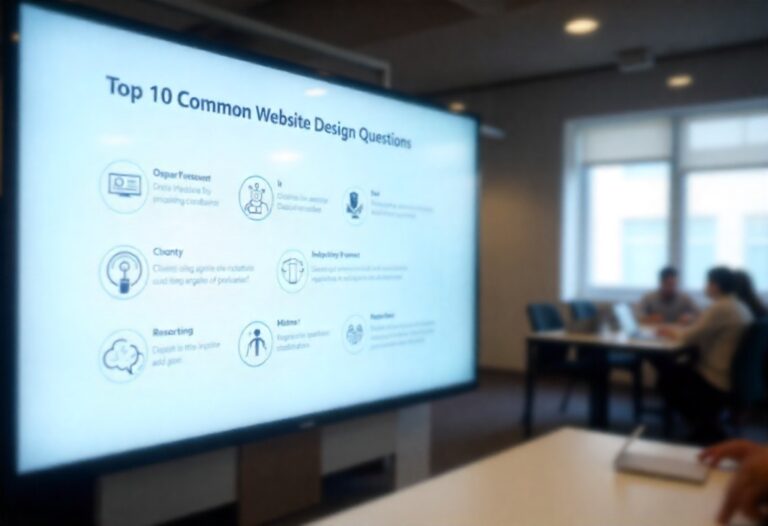
Top 10 Most Common Website Design Questions (With Honest Answers)
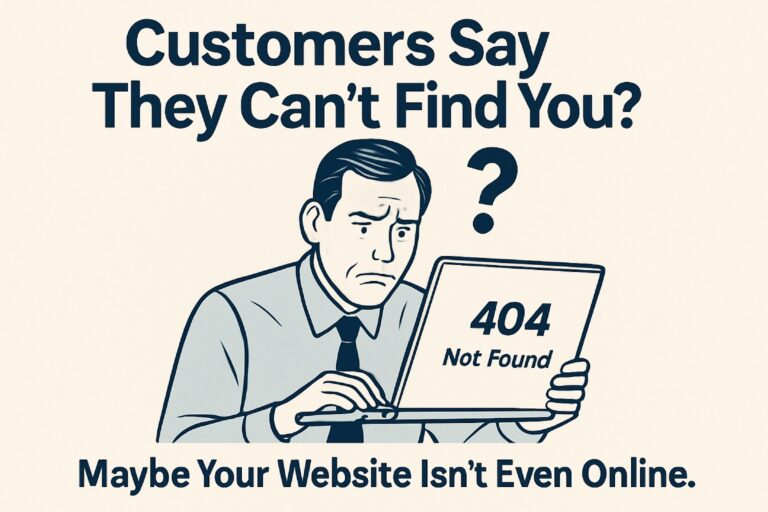
Customers Say They Can’t Find You? Maybe Your Website Isn’t Even Online.

Website Scams in Malaysia: 5 Warning Signs You Shouldn’t Ignore


